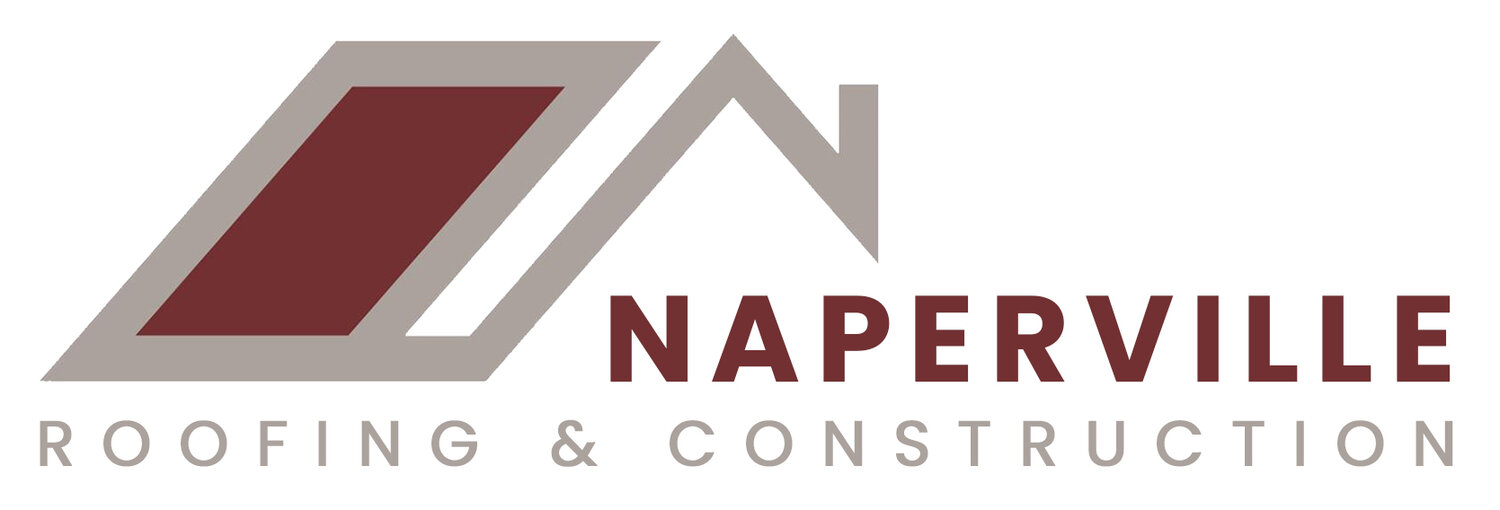Insulation Insights: Picking the Perfect Thermal Shield
Let’s talk about insulation! While only a small part of a big renovation project, insulation can be looked at like an unsung hero in the world of construction and home improvement. The right insulation doesn’t just keep your home cool in the summers and warm in the winters - it plays a crucial part in reducing your overall energy costs.
With different kinds of insulation out on the market, it can get confusing and overwhelming for homeowners to choose the one that suits their needs best. Which is why we have created this comprehensive guide to picking the perfect thermal shield for your home. We will cover types of insulation, factors to consider when choosing the right one, and tips for making an informed choice.
Understanding the Basics of Insulation
Before we discuss all the different types of insulation, it is crucial to understand the importance of insulation. So how does insulation work? The way that it works is by reducing the heat transfer between the outside environment and the interior of your home. This process is primarily controlled by three mechanisms: conduction (direct heat flow through a solid material), convection (heat movement through air), and radiation (heat traveling in a straight line). Effective insulation will reduce all three forms of heat transfer, in and out.
Types of Insulation
Fiberglass Insulation
This is perhaps the most common type of insulation being used today. Fiberglass insulation is made from extremely fine fibers of glass - which are woven together to form batts or mats, or can also be loosely spun for loose fill insulation. The batts and mats are blanket-like materials that are commonly used in ceilings, walls, and floors. The loose fill fiberglass insulation is spread or blown into place, which is great for adding it to already installed insulation or irregular shaped spaces.
Fiberglass insulation is one of the more cost-effective types of insulation. It can also help with sound dampening, by reducing noise transmission between rooms and from outside.
Cellulose Insulation
This form of insulation is a highly effective and environmentally friendly insulation option for homes. Cellulose insulation is primarily made from recycled paper, usually newsprint, that is treated with fire retardants like boric acid, ammonium sulfate, or borax. It is most commonly found in a loose-fill form, which is small, fluffy bits of fiber that are blown into attics, walls, and floors using specialized equipment.
Since cellulose insulation is made up of 85% recycled paper, it is one of the most eco-friendly insulation materials. It is also an excellent sound insulator, significantly reducing any outside noise. It also is a great way to add in some extra pest resistance.
Foam Insulation
Foam insulation is a versatile and effective insulation material for many homes. Due to the its versatility, it makes it the perfect option if you need insulation in hard to reach areas - such as crawl spaces, around pipes, and irregularly shaped attics. It is also a great type of insulation material to use in areas of your home that are more prone to moisture and water damage. Foam insulation is a great way to resist moisture and prevent any potential damage.
Mineral Wool Insulation
Mineral wool insulation, also commonly referred to as rock wool or slag wool insulation, is a very durable and effective form of insulation for your home. It is denser than fiberglass which really helps with soundproofing and makes it less prone to settling over time. Mineral wool insulation is also very fire resistant which makes it the perfect choice for areas that are more prone to fires.
Natural Fiber Insulation
Natural fiber insulation is gaining popularity as an eco-friendly and sustainable alternative to traditional insulation materials. There are different types of natural fiber insulation such as, sheep’s wool insulation which has excellent thermal and acoustic properties, cotton insulation which is made from recycled denim or cotton fibers, and hemp insulation which have great moisture-handling properties.
Things to Consider When Choosing Insulation
One of the most important factors to consider whenever you are choosing the type of insulation you want for your home is the R-value. The R-value is what measures thermal resistance; therefore, the higher the R-value, the better the insulation’s effectiveness. You should also keep in mind the area of your home that needs to have insulation installed in. For example, if you want to insulate your basement walls, you would want to choose an insulation that comes in rigid foam boards. However, if you choose to have your attic insulated, your best course of action would be a loose fill insulation material.
Another important aspect to consider is if the area of your home that you want insulated is prone to moisture. These areas are typically the basements. In these areas, insulation that resists water absorption (like closed-cell foam) is a must!
It is important to note that some insulation materials can pose health and safety risks. For instance, fiberglass insulation can irritate the skin, eyes, and respiratory system. We always recommend hiring a professional to install the insulation for you; however, if you choose to do it yourself, make sure that you are using the right protective gear.

